
Catherine of Aragon was Queen of England as the first wife of King Henry VIII from their marriage on 11 June 1509 until its annulment on 23 May 1533. Born in Spain, she was Princess of Wales while married to Henry's elder brother, Arthur, Prince of Wales, for a short period before his death.
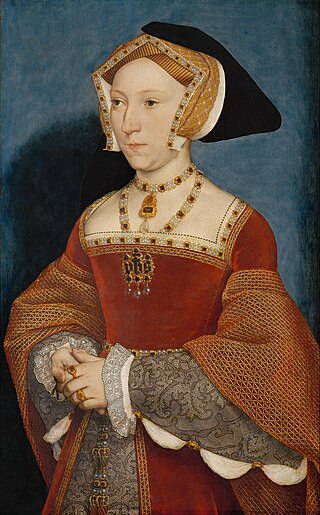
Jane Seymour was Queen of England as the third wife of King Henry VIII from their marriage on 30 May 1536 until her death the next year. She became queen following the execution of Henry's second wife, Anne Boleyn, who was accused by King Henry VIII of adultery after failing to produce the male heir he so desperately desired. Jane, however, died of postnatal complications less than two weeks after the birth of her only child, the future King Edward VI. She was the only wife of Henry to receive a queen's funeral; and he was later buried alongside her remains in St George's Chapel, Windsor Castle.

Anne of Cleves was Queen of England from 6 January to 12 July 1540 as the fourth wife of King Henry VIII. Not much is known about Anne before 1527, when she became betrothed to Francis, Duke of Bar, son and heir of Antoine, Duke of Lorraine, although their marriage did not proceed. In March 1539, negotiations for Anne's marriage to Henry began, as Henry believed that he needed to form a political alliance with her brother, William, who was a leader of the Protestants of Western Germany, to strengthen his position against potential attacks from Catholic France and the Holy Roman Empire.

Arthur, Prince of Wales, was the eldest son of King Henry VII of England and Elizabeth of York, and an older brother to the future King Henry VIII. He was Duke of Cornwall from birth, and he was created Prince of Wales and Earl of Chester in 1489. As the heir apparent of his father, Arthur was viewed by contemporaries as the great hope of the newly established House of Tudor. His mother, Elizabeth, was the daughter of the Yorkist king, Edward IV, and his birth cemented the union between the House of Lancaster and the House of York.

Thomas Wriothesley, 1st Earl of Southampton, KG was an English peer, secretary of state, Lord Chancellor and Lord High Admiral. A naturally skilled but unscrupulous and devious politician who changed with the times, Wriothesley served as a loyal instrument of King Henry VIII in the latter's break with the Catholic church. Richly rewarded with royal gains from the Dissolution of the Monasteries, he nevertheless prosecuted Calvinists and other Protestants when political winds changed.

Henry, Duke of Cornwall was the first living child of King Henry VIII of England and his first wife, Catherine of Aragon, and though his birth was celebrated as that of the heir apparent, he died within weeks. His death and the failure of Henry VIII and Catherine to produce another surviving male heir led to succession and marriage crises that affected the relationship between the English church and Roman Catholicism, giving rise to the English Reformation.

George Cornelius Gorham (1787–1857) was a priest in the Church of England. His legal recourse to being denied a certain post, decided subsequently by a secular court, caused great controversy.
Francis Dereham was a Tudor courtier whose involvement with Henry VIII's fifth Queen, Catherine Howard, in her youth, prior to engagement with the king, was eventually found out and led to his arrest. The information of Dereham having a relationship with Howard displeased King Henry to such great lengths he arranged the executions of all involved.

Wolf Heinrich Friedrich Karl Graf von Baudissin was a German diplomat, writer, and translator.

Daniel Appleton was an American publisher who founded D. Appleton & Co.
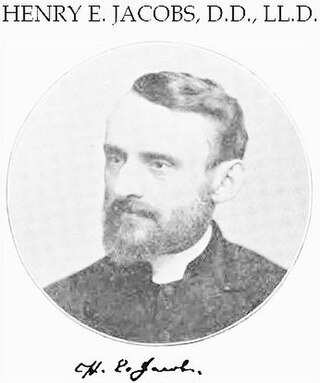
Henry Eyster Jacobs was an American religious educator, Biblical commentator and Lutheran theologian.

Martin Andrew Sharp Hume, born Martin Andrew Sharp, was an English historian, long a resident in Spain.
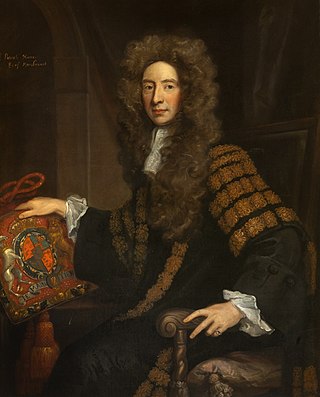
Patrick Hume, 1st Earl of Marchmont, known as Sir Patrick Hume, 2nd Baronet from 1648 to 1690 and as Lord Polwarth from 1690 to 1697, was a Scottish statesman. His grandfather was the poet and courtier Sir Patrick Hume of Polwarth and Redbraes who died in 1609.

Luise Mühlbach was the pen name of Clara Mundt, a German writer best known for her works of historical fiction, which enjoyed a wide, though short-lived popularity. Frederick the Great and His Court and many of her other novels have been translated into English.
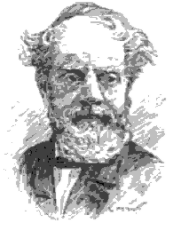
Thomas Seir Cummings (1804–1894) was an English-American miniature painter and author.
Alison Weir is a British author and public historian. She primarily writes about the history of English royal women and families, in the form of biographies that explore their historical setting. She has also written numerous works of historical fiction.
Henry Herman was an English dramatist and novelist.
Pedro de Gamboa was a Spanish soldier who fought for Henry VIII of England in France and Scotland.
Sir Pedro de Negro or Sir Pedro Negro was a Spanish soldier who fought for Henry VIII of England and Edward VI of England in France and Scotland.
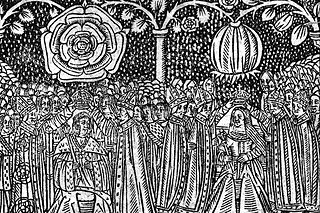
The coronation of Henry VIII and his wife Catherine as King and Queen of England took place at Westminster Abbey, London, on 24 June 1509. Henry ascended the throne two months prior, following the death of King Henry VII on 21 April, and Catherine became his wife and queen on 11 June. The ceremony was presided over by William Warham, the incumbent Archbishop of Canterbury, and organized by Lady Margaret Beaufort, the King's grandmother.
 Gilman, D. C.; Peck, H. T.; Colby, F. M., eds. (1905). "Hume, Martin Andrew Sharp". New International Encyclopedia . Vol. X (1st ed.). New York: Dodd, Mead. p. 310.
Gilman, D. C.; Peck, H. T.; Colby, F. M., eds. (1905). "Hume, Martin Andrew Sharp". New International Encyclopedia . Vol. X (1st ed.). New York: Dodd, Mead. p. 310.













